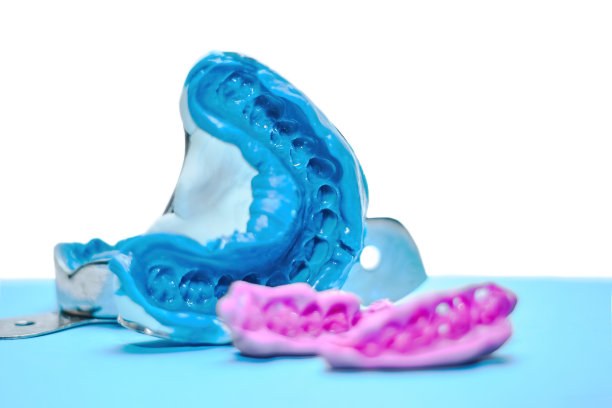The Comprehensive Process Involved in Extracting a Tooth Safely and Effectively for Optimal Oral Health
Summary: Extracting a tooth is a significant dental procedure that can affect one’s oral health profoundly. This article explores the comprehensive process involved in safely and effectively extracting a tooth to ensure optimal health outcomes. The discussion is divided into four main aspects: preparation and evaluation, the extraction procedure itself, post-extraction care, and potential complications. Each section provides insights into the steps and considerations that help ensure a successful tooth extraction. Understanding these components is crucial for both patients and dental professionals, aiming to minimize discomfort and promote quicker recovery while maintaining excellent oral health.
1. Preparation and Evaluation Before Extraction

The first crucial step in the tooth extraction process is preparation and evaluation. Before any procedure, a thorough assessment of the patient’s dental and medical history is essential. The dentist will inquire about any previous dental surgeries, chronic illnesses, and medications being taken. This assessment helps in understanding potential risks involved in the extraction process.
Next, diagnostic imaging plays a vital role. X-rays help to visualize the tooth’s root structure and its position relative to other teeth and bone structures. The dentist uses this information to determine the complexity of the extraction and to devise a suitable approach tailored to the patient’s needs.
In addition, the dentist will discuss sedation options with the patient. Depending on the extractions expected pain level and duration, local or general anesthesia may be recommended to ensure the patients comfort throughout the procedure. Understanding these preparatory steps helps in setting the right expectations for what’s to come.
2. The Step-by-Step Extraction Procedure
The extraction procedure itself is a meticulous process. Once the patient is adequately prepared and anesthetized, the dentist begins by loosening the tooth from its socket. This step may involve the use of instruments like elevators to gently displace the tooth before extraction.
Next, the dentist often utilizes forceps to grasp the tooth firmly. Care is taken to apply pressure in various directions to help ensure that the tooth is removed cleanly without damaging surrounding tissues. This part of the procedure requires skill and precision to minimize trauma to the gums and bone.
After the tooth is successfully extracted, the dentist examines the extraction site thoroughly. Eliminating any infection risk or debris is essential before stitching up the area, if necessary. This immediate post-extraction care is crucial for reducing complication risks and promoting swift healing.
3. Post-Extraction Care and Recovery
Post-extraction care is a crucial element of the tooth extraction process. After the procedure, the dentist provides the patient with detailed care instructions. This may include guidelines about managing pain and swelling, which might involve the use of ice packs and over-the-counter pain relievers.
Additionally, patients are instructed on what to eat and drink. Soft foods and liquids are usually recommended during the initial recovery phase to avoid irritating the extraction site. It is essential for patients to follow these dietary advice to promote swift healing while avoiding complications such as dry socket.
Furthermore, the dentist may schedule a follow-up appointment to monitor the healing process. This check-up is important to ensure that the extraction site is healing adequately and without any signs of infection. Overall, proper aftercare plays a critical role in ensuring optimal recovery outcomes.
4. Understanding Potential Complications
Despite careful planning and execution, some complications can arise during or after a tooth extraction. One of the most common issues is dry socket, which occurs when the blood clot forming in the extraction site dislodges, exposing the underlying bone. This condition can cause intense pain and delay the healing process.
Infection is another concern that may occur, particularly if bacteria enter the extraction site. Symptoms of infection include increased pain, swelling, fever, or pus discharge. Prompt attention from the dentist is necessary to address any signs of infection and to prescribe antibiotics if needed.
Other potential complications include prolonged bleeding or damage to surrounding teeth and tissues. By discussing these risks with patients beforehand, dentists can help ensure that they are informed and adequately prepared for any unexpected events during recovery.
Summary:
The process of tooth extraction involves several critical phases, beginning with thorough preparation and evaluation, followed by the meticulous extraction procedure itself. Post-extraction care and the understanding of possible complications protect and promote the patient’s oral health. By recognizing the comprehensive protocols involved in tooth extraction, both dentists and patients can work collaboratively to achieve favorable outcomes.
This article is compiled by Vickong Dental and the content is for reference only.


